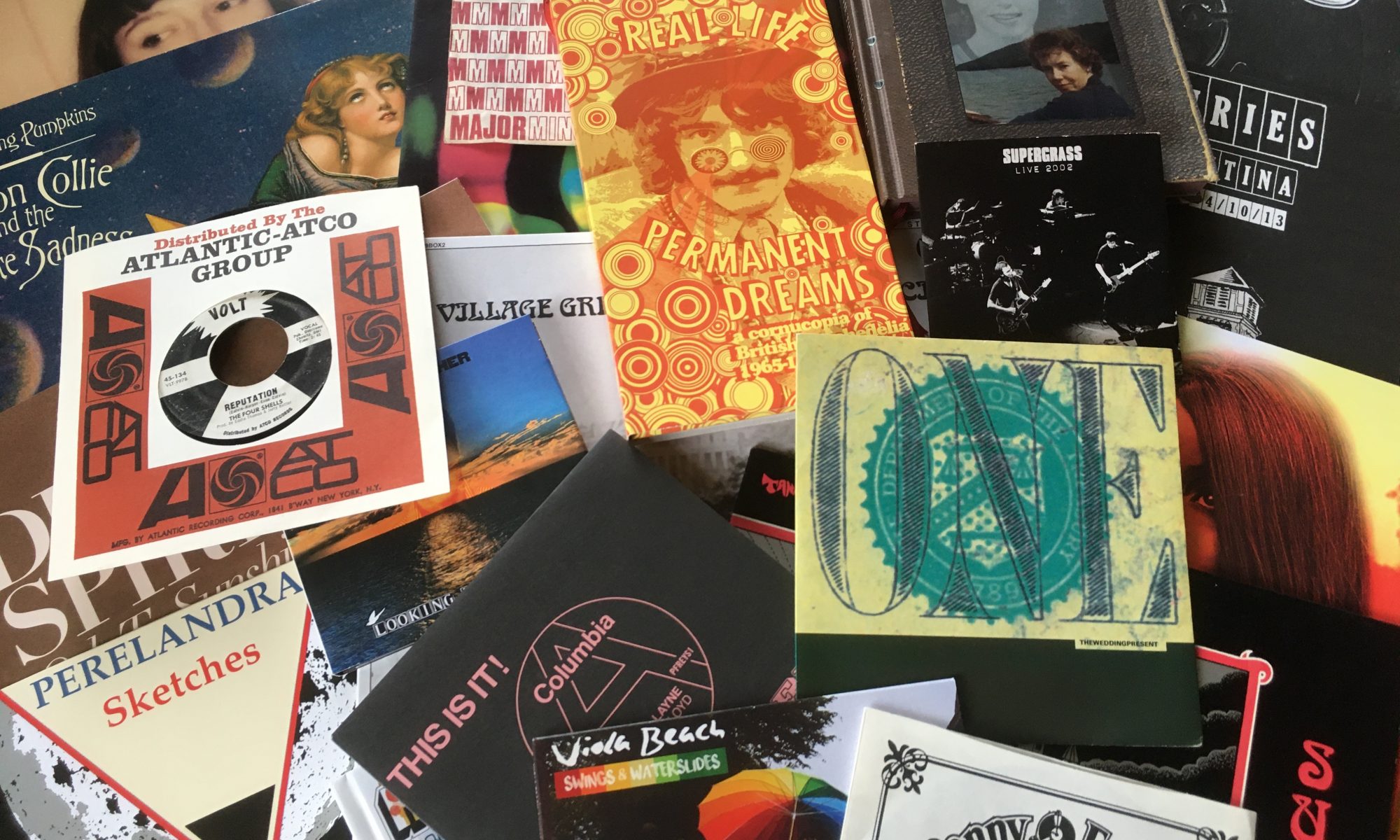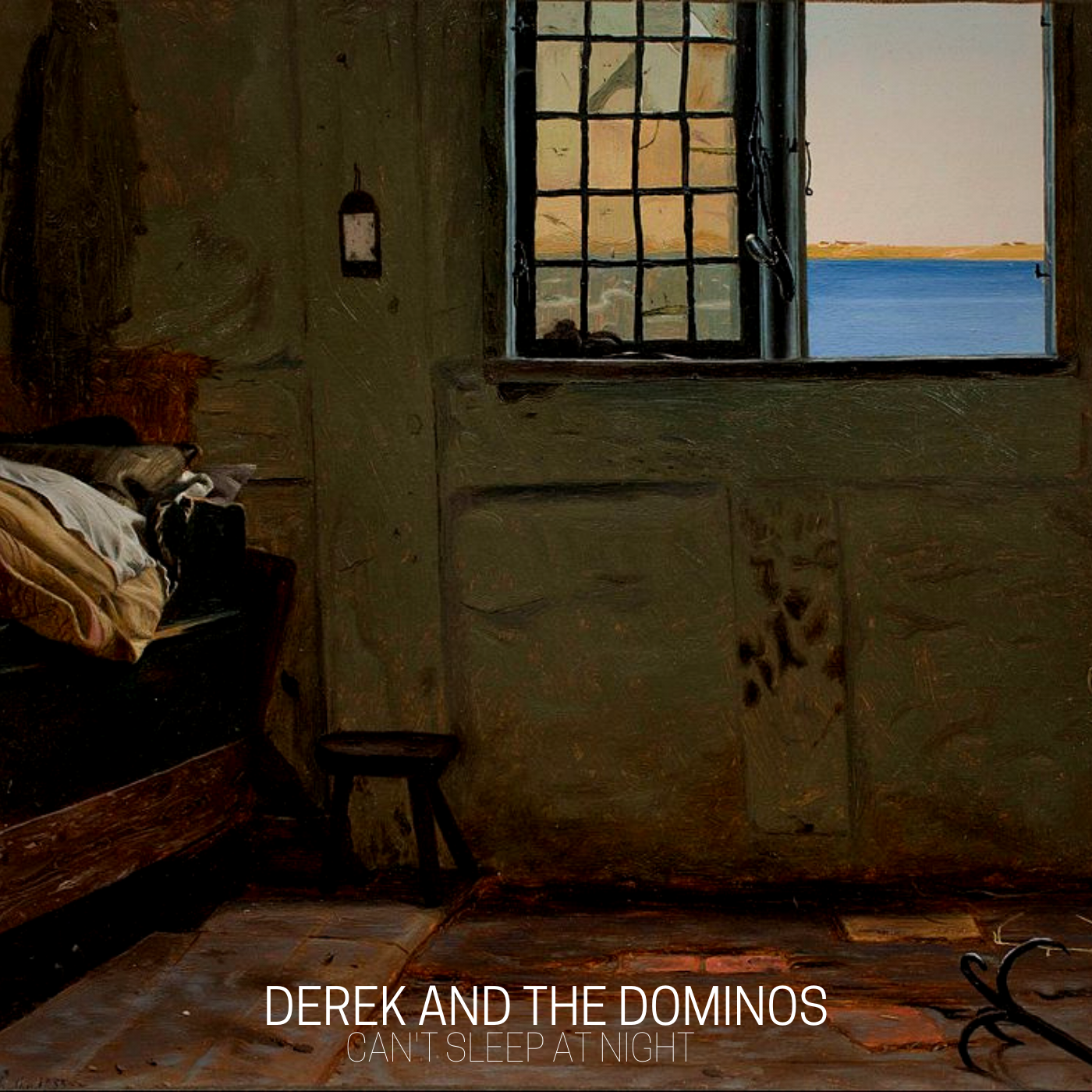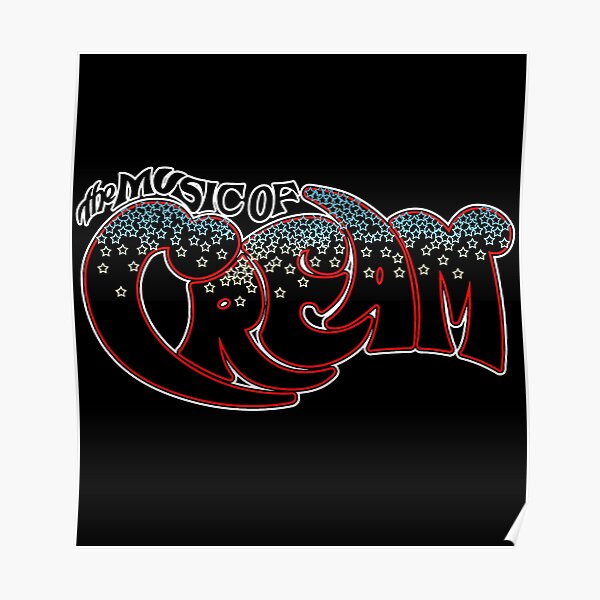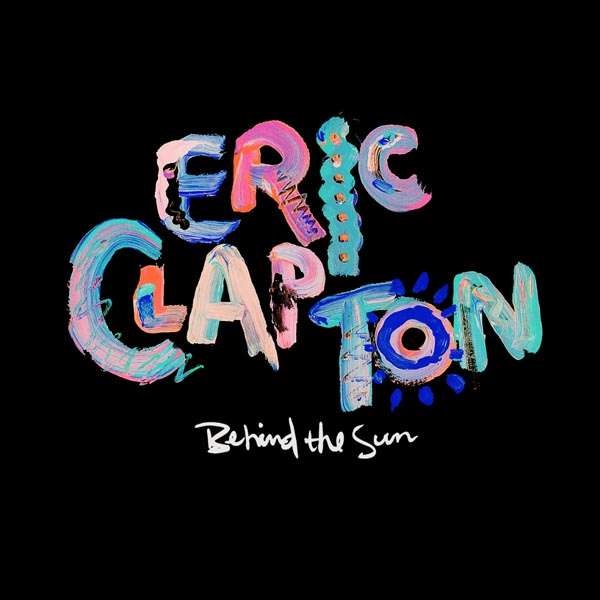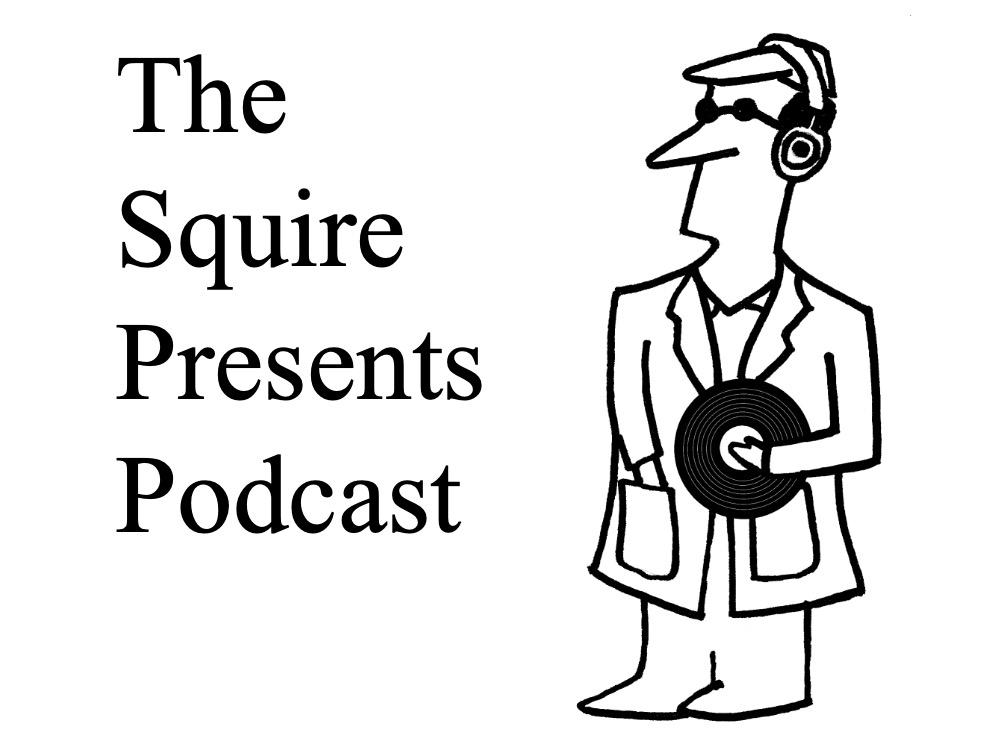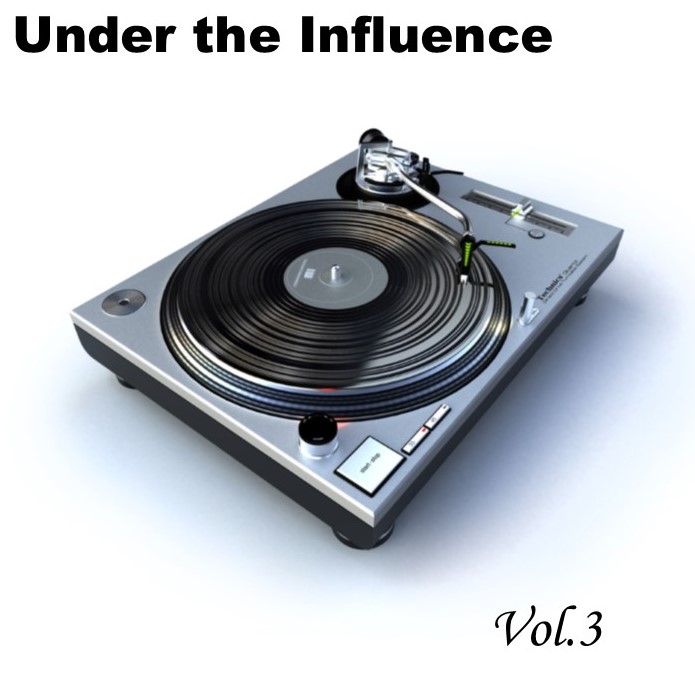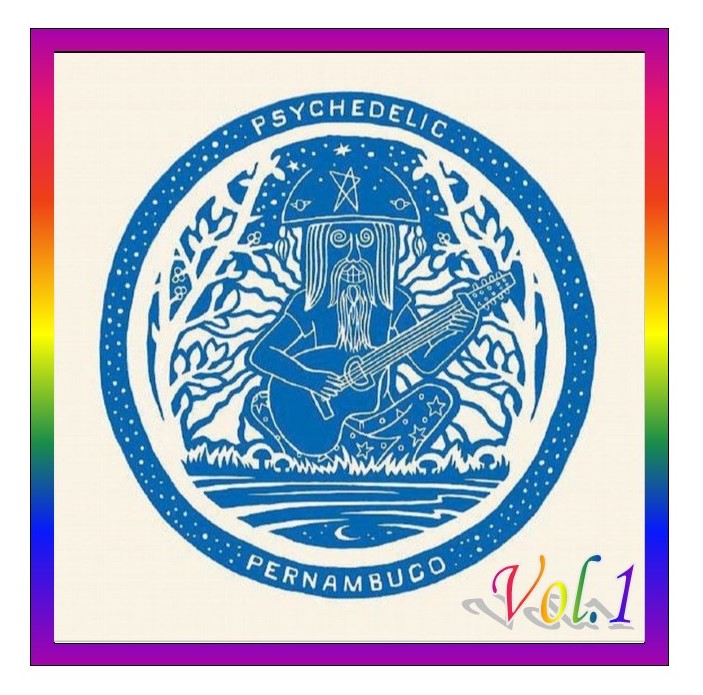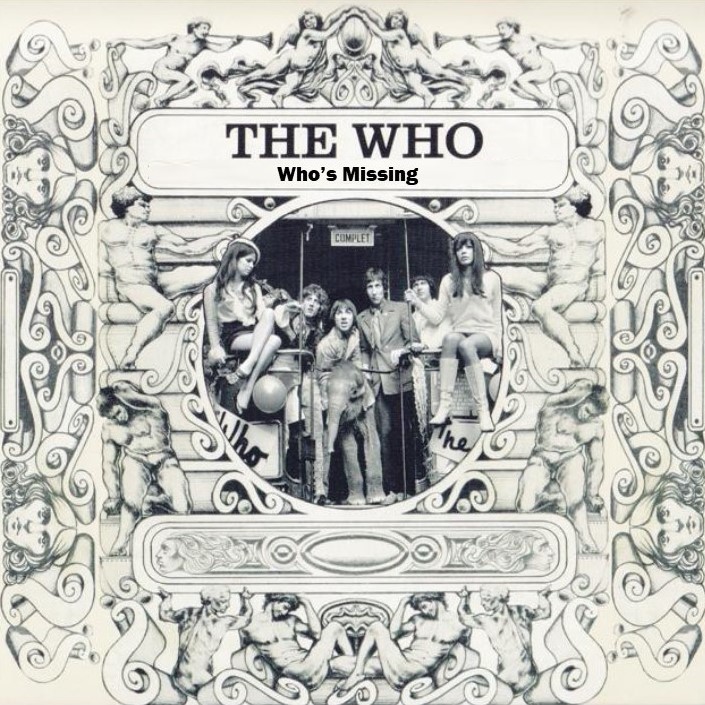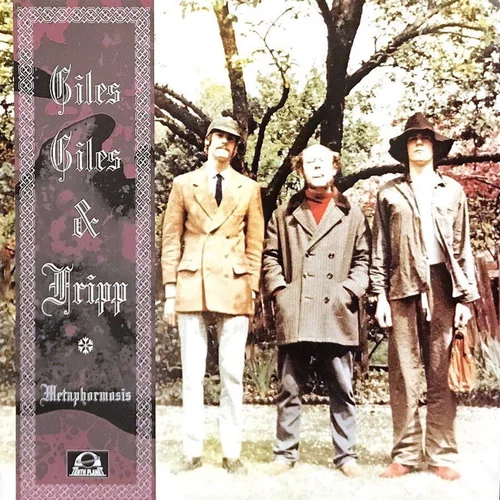
With the release of the King Crimson ‘Complete 1969 Recordings’ at the end of 2020, I thought it was about time that reassess the early years of the band along with the group, Giles, Giles & Fripp, the group that ultimately lead to that latter bands formation.
GG&F were formed when the Giles Brothers advertised for a singing keyboard payer. Robert Fripp responded to the advert even though he played guitar and didn’t sing. The trio ended up moving to a flat in London and whilst there, they made a series of rather good sounding demos that lead to them being given a contract with Decca’s newly formed Deram label. Even by the standards of the day (and by day I mean 1968), the resulting album, which was called the ‘Cheerful Insanity of Giles, Giles & Fripp’ is a bit weird. The records contains two spoken word pieces mixed with songs that range from jazz, pop, psychedelic and novelty. Even though the band appeared on the now lost to history BBC Show, Colour Me Pop, the singles and album failed to set the charts alight. The band might have ended up as another footnote in the history of popular music except for the fact that by 1969, the group had evolved into the vastly more successful King Crimson. This What-If compilation looks at the year between the release of the Cheerful Insanity album and the King Crimson debut record.
What Giles, Giles & Fripp (GG&F) had that very few, if anyone else had at the time was their own private studio, sort of. The had managed to acquire a second hand Revox tape recorder along with some microphones, some headphones and a metal box fitted with attenuators and coaxial socks that was essentially their mixer. It did help that they knew a chap called Russell Medcraft who had once worked at EMI’s Technical Research Department and was able to not only maintain the equipment, but helped calibrate the Revox so that the band was able to use the tape machine as a primitive two track machine, meaning that they could overdub tracks. They became so proficient at this that the recordings are missing the enormous amounts of hiss that would be expected from constantly recording from one part of the tape to the other. The fidelity of these recordings is exceptionally good considering the conditions in which they were recorded.
It was at this time that an advert from June of 1968 caught the eyes of Peter Giles. It was from Judy Dyble, who hd been in the original lineup of Fairport Convention. Dyble was looking to form her own band but ended up joining GG&F, and brought her boyfriend at the time, Ian McDonald along with her. He also brought with him his friend and lyricist Peter Sinfield into the fold. Dyble did not stick around long, but she did contribute to a number of the songs and even though I have included songs that were mostly sung by the men on the group, I felt that her performances were good enough that if this second album had been released, this would have been a good candidate for a GG&F and Judy Dyble Record Store Day release (which I will post later this month). However, I digress.
The band continued to record but Peter Giles was beginning to lose interest. He and his brother had been in bands for eight years and he had enough of living a hand to mouth existence, so quit to find a proper job. The split was amicable enough that he would come back to play bass on the second King Crimson album, appear with them on their 1970 Top Of The Pops appearance and on the McDonald & Giles album. However, with the exception of the Judy Dyble sung ‘I Talk To The Wind’, these recordings sat in a cupboard, tea chest, someone’s shed (delete as appropriate) until 2001 when they finally escaped. Even though it does show some hints at what wad to come with King Crimson, the majority of these recordings hark back more to the GG&F ‘Cheerful Insanity’ album than ‘In The Court of the Crimson King’. However, it is these recordings that I used for the basis of what a second GG&F album would have sounded like, and pretty good it sounds too. In fact, I would argue that this is a better record. Would they have re-recorded the songs that had Judy Dyble vocals? Well, the versions I have used were the only versions of these songs that were available so I decided to use them reasoning that the album sounded better with them than without them. Hypocrite was also recorded before the band had moved to London, but for a lack of other material, it had to go in. The only other songs I really had to think about using was ‘I Talk To The Wind’, because it was used later on the ‘Court of the Crimson King’. However, if this album was to have been released in 1969, then it would have had to have included it is one of the best song they recorded up to this point.
Even though this was recorded on such primitive equipment, it sounds great. To show how good the quality of these recordings were, the band mimed to them on their appearance on Colour Me Pop, a performance which has been mentioned before unfortunately been lost in time. I would recommend reading the sleeve notes to the original Brondesbury Tapes CD to find out how they managed to record these songs. GG&F did not get to release another album and King Crimson did not release their record on Deram/Decca. They were just another in a long line of artists who were on that label but went onto greater success somewhere else. Imagine what Decca would have been if they had actually signed The Beatles and kept King Crimson, Genesis, David Bowie and the like.
The album cover was a direct copy of LP Metaphormosis that was released by Tenth Planet in 2001. It contained highlights from the sessions that produced the demos that make up the songs on this album.
Side 1
- Murder (Judy Dyble Vocals)
- Plastic Pennies (Judy Dyble Vocals)
- Passages Of Time (Judy Dyble Vocals)
- Why Don’t You Just Drop In (Peter Giles Vocals)
- Scrivens
- Wonderland (Peter & Michael Giles/Ian McDonald Vocals)
Side 2
- Tremelo Study In A-Major – Spanish Suite
- She Is Loaded
- Hypocrite (Peter Giles Vocals)
- Make It Today (Michael Giles/Ian McDonald Vocals)
- I Talk To the Wind (Michael Giles/Ian McDonald Vocals)
- Under The Sky
All the songs are taken from a mixture of ‘The Brondesbury Tapes’ CD and as the GGFF recording from the ‘Complete 1969 Recordings’ box set. The only exceptions were ‘She Is Loaded’ and ‘Under The Sky’ which came from the expanded edition of The Cheerful Insanity Of Giles, Giles & Fripp from 1992
A playlist for this complication could not be produced due to one or more songs not being available on Spotify.
